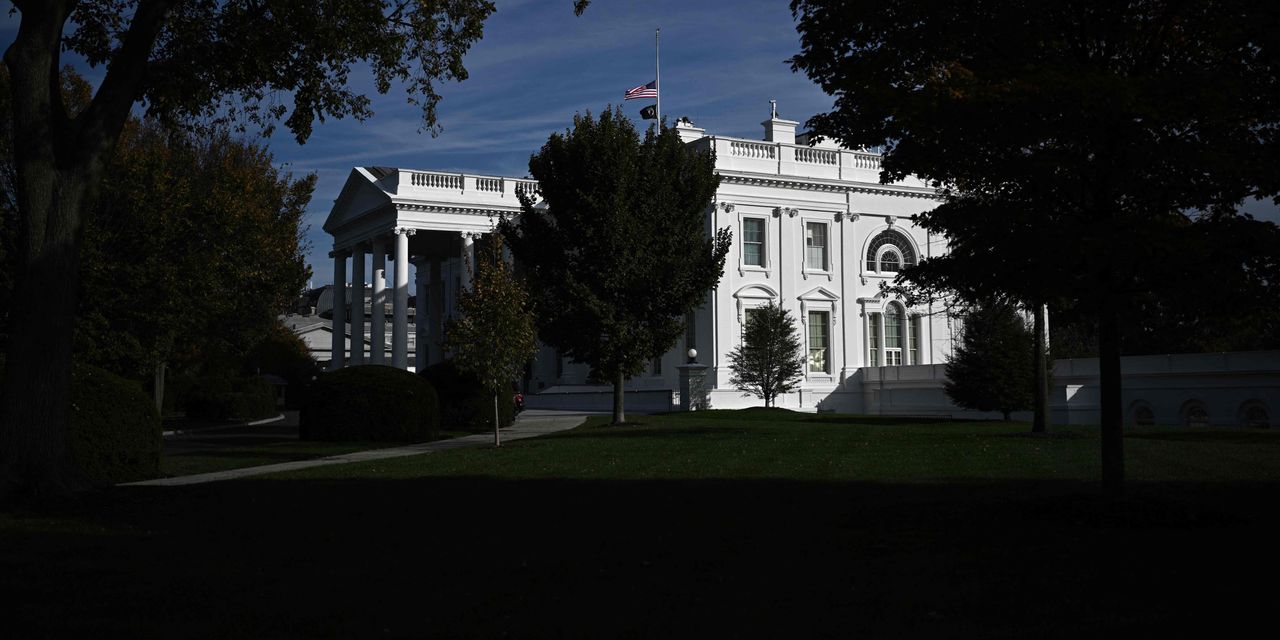Taking aim at the nation’s housing crisis, the White House kicked off a multiagency push on Friday to help real-estate developers convert more office buildings emptied by the pandemic into affordable housing.
The initiative aims to harness $35 billion in low-cost loans already available through the Transportation Department to fund housing developments near transit hubs, folding the initiative into the Biden administration’s clean-energy push.
It also opens up additional funding sources and tax incentives and offers a new guide to 20 federal programs that developers can tap and that offers technical assistance in what can be tricky and expensive conversions.
A third part of the program will see the federal government draw up a public list of buildings it owns that could be made available for sale to help bolster development.
“These downtowns and central business districts that we are taking about today often already designed and oriented around public transit,” Transportation Secretary Pete Buttigieg said in a press briefing. “Our intention is to make the most of this opportunity to add more housing near transit in ways that not only reduce the cost of housing, but also often reduce the cost of transportation.”
National office vacancies have neared 25%, versus 8% in Europe, according to Savills, a real-estate firm. Vacancy rates in some cities, like San Francisco, are even higher, setting fresh records as property values plunge and more owners default on their mortgage loans.
“The only thing that is missing today is a lack of financing,” said Nathan Berman, a founding principal of Metro Loft, a go-to firm for the New York City office-to-residential conversions that have helped transform lower Manhattan over the past 20 years.
Postpandemic, many cities’ downtowns feature sparsely populated office buildings that are available at bargain-basement prices. But Berman told MarketWatch that financing has all but stalled for residential conversions. “It’s really interest rates that are killing everything,” he said.
Borrowing costs have shot up since the Federal Reserve began raising rates last year to fight inflation, resulting in a credit crunch that’s squeezing building owners who have debt coming due. Companies also remain unsure about how much space they really need and what they’re willing to pay for it.
Read: More office zombies? Only 11% of maturing loans repay in September, Moody’s Analytics says.
In Washington, D.C., where the federal government has a major office footprint, years of remote work have been a key source of industry angst. Government efforts to breathe new life into obsolete buildings by turning them into rentals could be a rare redevelopment opportunity, as MarketWatch reported in August.
The federal government owns about 1,500 office buildings nationally and had leases on almost 200 million square feet of additional space as of April, according to Barclays analysts, who said in a recent report that much of that office space was underused.
The new White House effort will, in addition to Transportation Department funding, give developers access to $10 billion in funds allocated to the U.S. Department of Housing and Urban Development’s community-development block-grant program.
“With a shortage of millions of homes nationwide, we need to utilize every resource at our disposal to increase housing supply, which in turn, given the high demand, will help with rent levels and purchase costs,” said Adrianne Todman, Housing and Urban Development deputy secretary, during the press briefing.
Related: San Francisco’s push to turn office buildings into homes hinges on this simple idea
Read the full article here





